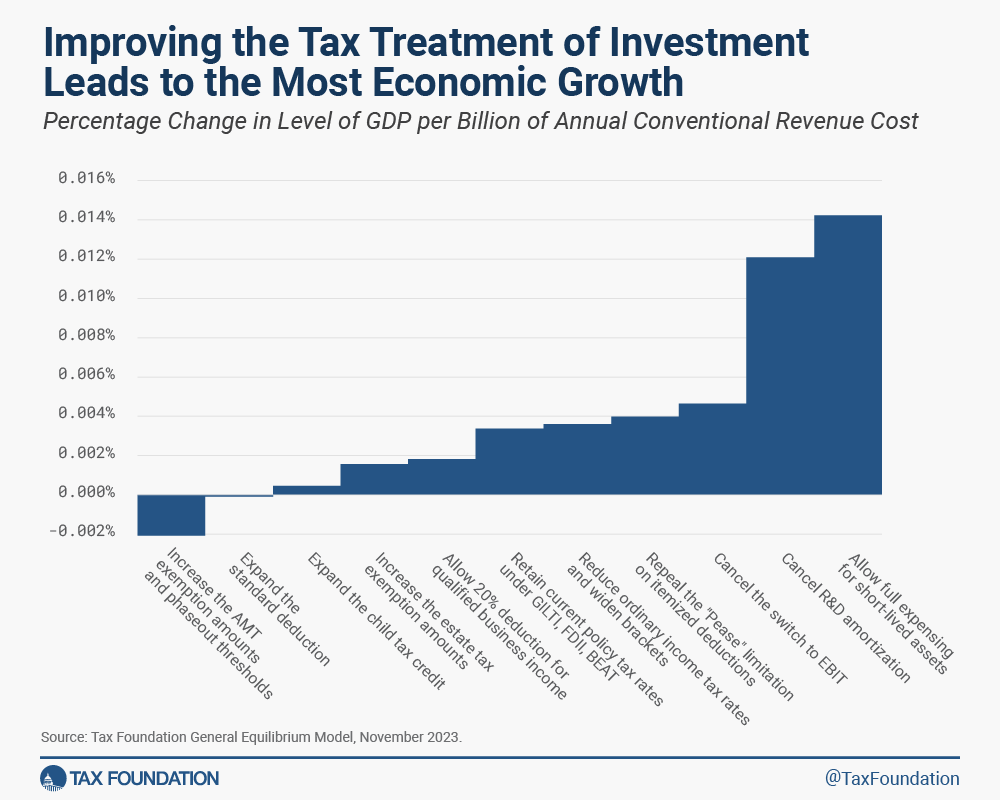DOL Releases New Independent Contractor Rule
The U.S. Department of Labor issued its long-awaited new rule on independent contractor classification on January 9, 2024. It will be published in the Federal Register on January 10, and take effect on March 10, 2024.
With only a few substantive clarifications (discussed below), the Final Rule is identical in all material respects to the proposed rule the DOL published in October 2022, discussed at length in our earlier post.
The new rule—which contains the DOL’s “general interpretations for determining whether workers are employees or independent contractors under the FLSA” and will be codified in 29 C.F.R. Part 795—largely mirrors the agency’s position prior to the issuance of a more streamlined rule by the DOL in the waning days of the Trump administration in January 2021. The Trump-era rule reduced the number of primary factors the DOL would consider when determining whether a worker is an independent contractor or an employee to two “core factors”—the nature and degree of control over the work and the worker’s opportunity for profit or loss based on initiative and/or investment.
The new rule returns the inquiry to its historical roots, both at the DOL and in many courts, considering six overarching factors in a “totality of the circumstances” analysis to determine whether, as a matter of economic reality, the workers are either dependent on the potential employer for work or in business for themselves. Those factors are:
- Opportunity for profit or loss depending on managerial skill.This factor considers whether the worker has opportunities for profit or loss based on managerial skill (including initiative or business acumen or judgment) that affect the worker’s economic success or failure in performing the work.
- Investments by the worker and the potential employer. This factor considers whether any investments by a worker are “capital or entrepreneurial” in nature. As in the proposed rule, the Final Rule is not very clear on what types of investments the DOL has in mind here, citing only those that “generally support an independent business and serve a business-like function, such as increasing the worker’s ability to do different types of or more work, reducing costs, or extending market reach.” By contrast, “[c]osts to a worker of tools and equipment to perform a specific job, costs of workers’ labor, and costs that the potential employer imposes unilaterally on the worker … are not evidence of capital or entrepreneurial investment and indicate employee status.”
- Degree of permanence of the work relationship. This factor weighs in favor of the worker being an employee when the work relationship is “indefinite in duration, continuous, or exclusive of work for other employers.” Where a lack of permanence is due to operational characteristics that are unique or intrinsic to particular businesses or industries and the workers they employ, this factor is “not necessarily” indicative of independent contractor status unless the worker is exercising their own independent business initiative.
- Nature and degree of control.This factor considers both active and reserved control (e.g., the right to control) by the entity receiving the services over “the performance of the work and the economic aspects of the working relationship.” Relevant facts include whether the engaging entity:
- sets the worker’s schedule;
- supervises the performance of the work, or reserves the right to supervise or discipline the worker;
- explicitly limits the worker’s ability to work for others, or places demands on the workers’ time that do not allow them to work for others or work when they choose;
- uses “technological means of supervision (such as by means of a device or electronically)”; and
- controls the prices or rates for services and the marketing of the services or products provided by the worker.
In a bit of a retreat from the proposed rule, the Final Rule notes that “[a]ctions taken by the potential employer for the sole purpose of complying with a specific, applicable Federal, State, Tribal, or local law or regulation are not indicative of control.” By contrast, “[a]ctions taken by the potential employer that go beyond compliance with a specific, applicable … law or regulation and instead serve the potential employer’s own compliance methods, safety, quality control, or contractual or customer service standards may be indicative of control.”
- Extent to which the work performed is an integral part of the employer’s business.This factor does not depend on whether any individual worker in particular is an integral part of the business, but rather whether the function the worker performs is an integral part—g., whether it is “critical, necessary, or central to the potential employer’s principal business.”
- Skill and initiative. This factor considers “whether the worker uses specialized skills to perform the work and whether those skills contribute to business-like initiative.” It supports employee status where the worker does not use specialized skills in performing the work or “where the worker is dependent on training from the employer to perform the work.” In a clarification from the proposed rule, the Final Rule notes that “[w]here the worker brings specialized skills to the work relationship, this fact is not itself indicative of independent contractor status because both employees and independent contractors may be skilled workers.” Rather, “[i]t is the worker’s use of those specialized skills in connection with business-like initiative that indicates that the worker is an independent contractor.
The DOL notes that “[a]dditional factors may be relevant in determining whether the worker is an employee or independent contractor … if the factors in some way indicate whether the worker is in business for themself, as opposed to being economically dependent on the employer for work.”
Implications for Businesses
As the DOL concedes, the courts are the ultimate arbiters of whether a particular individual or group of individuals are employees or independent contractors. If the courts grant the rule the same measure of deference as they do with other “interpretive” rules, the weight they will afford the rule should depend on “the thoroughness evident in its consideration, the validity of its reasoning, its consistency with earlier and later pronouncements, and all those factors which give it power to persuade”—as explained by the Supreme Court in Skidmore v. Swift Co. We expect legal challenges to the new rule, both in principle (e.g., that the DOL hasn’t adequately explained its departure from its prior policy, shown that its new policy is consistent with the FLSA, or otherwise demonstrated good reasons for the new rule, as required under the Administrative Procedure Act) and in the context of particular fact patterns.
State Laws Are Still (and Always) in Play. Businesses that remain confident in their independent contractor classifications under the new federal rule must still contend with the laws in certain states that apply a more stringent or otherwise different test for worker classification, including (among others) California, Massachusetts, and New Jersey. If a worker is deemed an employee for wage and hour purposes under those state laws—which may have statutes of limitations and remedies that equal or exceed those available under the FLSA—then federal law will not limit the potential exposure.
Proskauer’s Wage and Hour Group is comprised of seasoned litigators who regularly advise the world’s leading companies to help them avoid, minimize, and manage exposure to wage and hour-related risk. Subscribe to our wage and hour blog to stay current on the latest developments.






